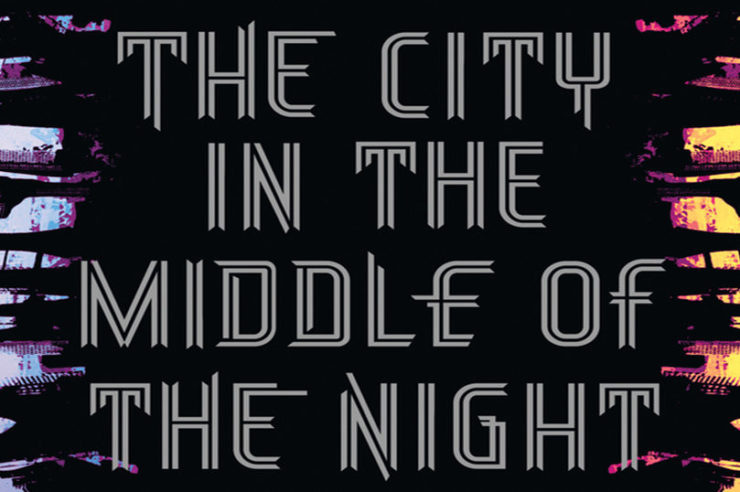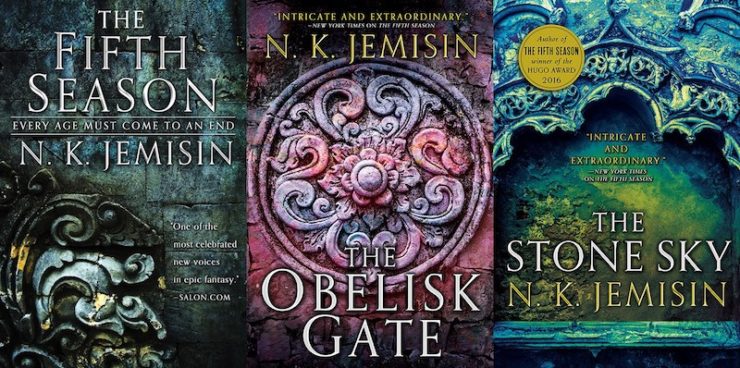History and SFF: Oral History and Charlie Jane Anders’ The City in the Middle of the Night
Comment number:
0
Advertisement
Showing 6 results





“Writers are liars my dear, surely you know that by now?”
Neil Gaiman, The Sandman
For compliance with applicable privacy laws:



